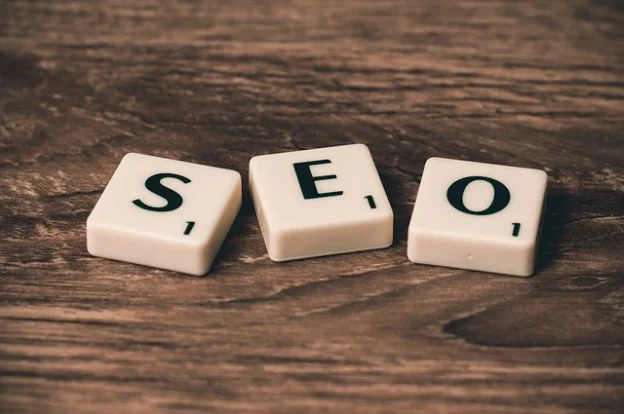
Invisible SEO Metric: How Hosting Affects LLM Visibility.
Listen Post Podcast Let’s face it—everyone’s talking about ranking. Page one or bust, right? But that’s just it. The landscape has shifted. Thanks to Large Language Models (LLMs) like ChatGPT, Perplexity, Gemini, and even Google’s own AI Mode (AP News), the future of SEO isn’t just about climbing SERPs. It’s about becoming citable by AI…
Categories
- AI – LLMs
- International SEO
- Marketing
- Monthly Content Roundups
- News
- Search Engine Optimization
- SEO
- Social Media
- Web Hosting
- Webmaster
Lets Connect!
5 Crucial Tips for Search Engine Optimization in 2022
To say that search engine optimization (SEO) has changed a great deal over the past several years would be putting it lightly. Today’s SEO landscape is nearly unrecognizable compared to what it looked like in 2018. And even now,…
Dispelling Three Major SEO Myths That Refuse to Die!
There’s a lot of misinformation floating around the search engine optimization (SEO) sector. Perhaps it’s because SEO scammers directly benefit from this lack of understanding. Or perhaps it’s simply an inevitable characteristic of any long-running industry. Either way, there…
Three Best Practices for Designing an SEO-Friendly Website
A lot of people forget that search engine optimization isn’t simply a matter of finding the right keywords and selecting the right topics. It’s about more than meta descriptions and site content. User experience is every bit as crucial…
Your Content is Good — But is it Aligned to Your Audience?
How to Ensure Your Website Resonates In many ways, content creation is as much a passion as it is a career. The desire to create and express ourselves is a fundamental part of what makes us human. And although…



